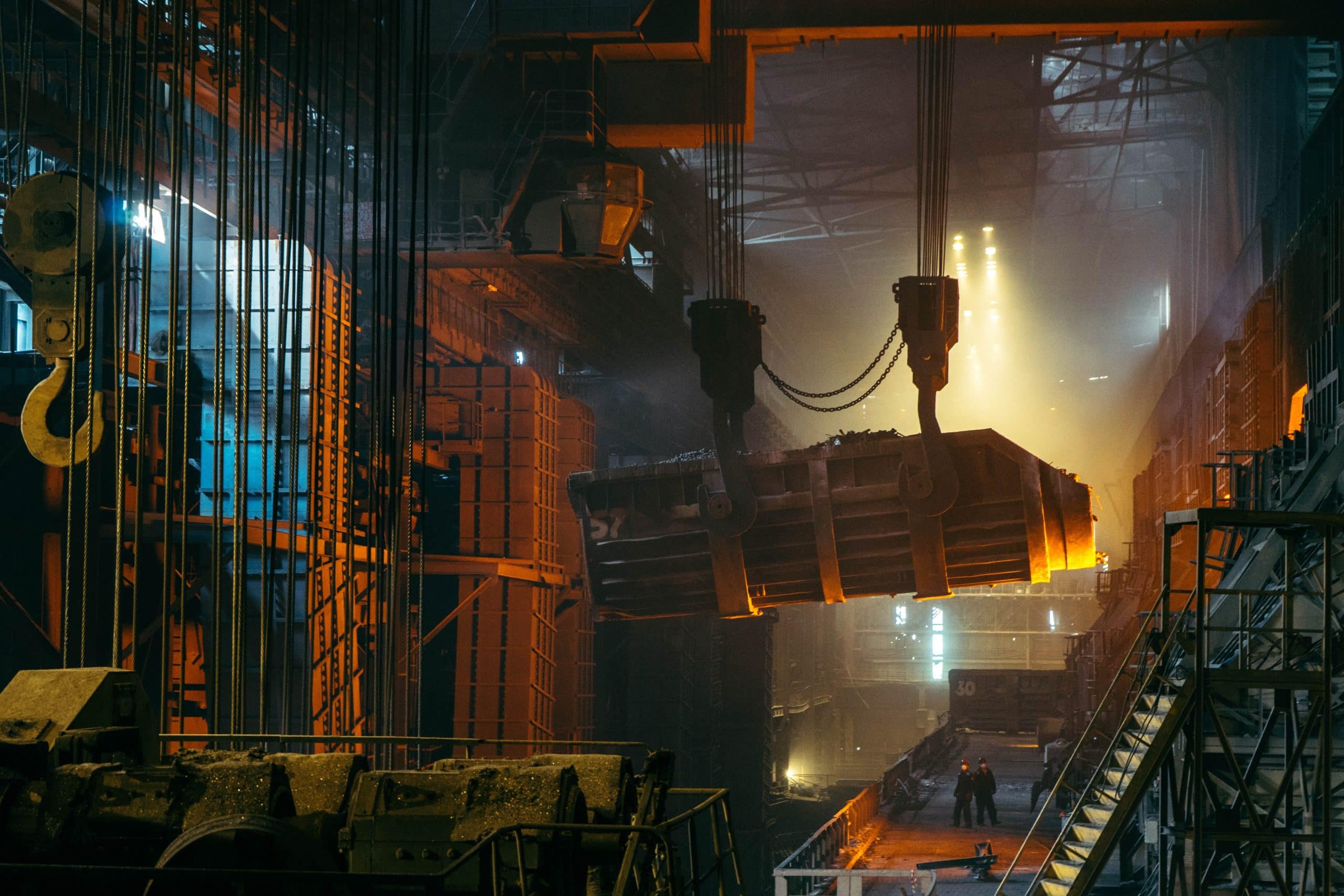Last edit: 22/07/2023

Documented risk assessments were first introduced to the machine tool industry in 2000 with the publication of
(ANSI) B11.TR3 – Risk Assessment and Risk Reduction – A Guide to Estimate, Evaluate and Reduce Risks Associated With Machine Tools;
In parallel, the robot industry in 1999 published
ANSI/RIA R15.06-Requirements for Industrial Robots and Robot Systems;
A few years later, the packaging machinery industry in 2006 published:
ANSI / PMMI B155.1-Safety Requirements for Packaging Machinery and Packaging-Related Converting Machinery.
Since that time, the principles of the risk assessment process have been employed in a wide variety of diverse applications – including traffic control, consumer products, process safety, incident investigations and, of course, machinery.
The B11.0 standard guides machinery manufacturers and users through a risk assessment process that identifies hazards and reduces corresponding risks to an acceptable level. In this standard, the terms “acceptable” and “tolerable” are used as synonyms. Although engineers have long applied an informal risk assessment framework, this standard includes a formal method to conduct and document the risk assessment process.
This standard identifies some preparations that need to be made before a risk assessment begins, and presents the basic risk assessment process in a step by step approach to assist in achieving this goal.
The outcome of completing the risk assessment process should be:
- a clear understanding of risk(s) including the potential severity of harm and the probability of the occurrence of harm;
- risk reduction measures appropriate to the circumstances;
- machinery with risks reduced to an acceptable level;
- documentation of the risk assessment.
B11.0 is aligned with ISO 12100, even if the latter cannot be used as the only reference for Risk Assessment of Machineries in USA: B11.0 is mandatory to be used